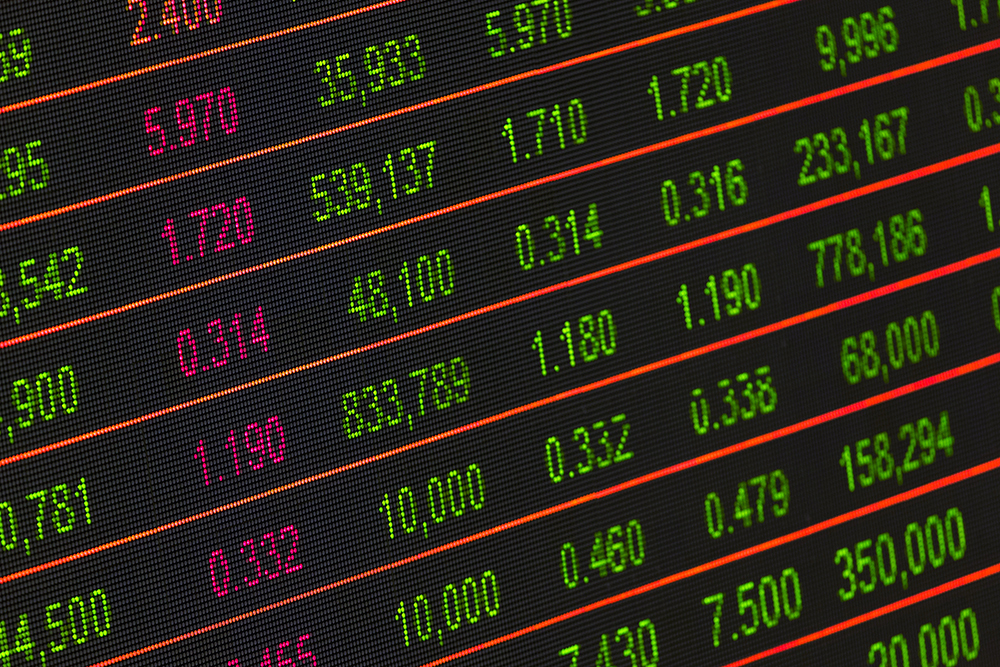As day morphed into night, the peaceful demonstration turned violent and police fired tear gas as protesters set fire to cars and a historic church.
Accompanying Holmes were her two young children, Favian and Ava, carrying posters of Floyd and Breonna Taylor, a black woman from Louisville, Kentucky, who died in March after police stormed into her home and shot her while she was sleeping.
“I want them to be here,” Holmes said of her children, aged five and seven. “It’s important for them to see what’s going on in this country.”
She was delighted that black protesters had been joined by many white and Hispanic and Middle Eastern Americans. “It’s beautiful to see people coming together,” she said.
‘This country was already a tinderbox and Trump lit the match.’
White protester outside White House
Interactions between strangers, which evaporated almost entirely in the era of physical distancing, are flowing again. A black woman, waiting for an Uber with two bags of groceries, spoke to a white man, trying to make sense of it all.
“It is like the Arab spring,” she said. “This is what happens when everything gets bottled up.”
He replied: ‘This country was already a tinderbox and Trump lit the match.”
In the dappled sunlight of late afternoon, the protest had a festival-like atmosphere. A saxophone player led a singalong of Lean on Me. The only thing separating the protesters from the White House was a flimsy fence and a row of police officers wearing riot gear.
Vanjalic Tolbert, a 27-year-old black woman from nearby Germantown was heckling the officers as they stood stone-faced. “You’re on the wrong side of history,” she yelled. “When you take off that uniform you have to answer to God.”
“I don’t want to have kids in this country because they will be born black.”
Tolbert planned to stay all night. While she said she would not participate in any violence or property damage she understood why others would do so. “It is taking everything out of me to be peaceful,” she says. “I want to riot, I want to shoot someone but what will that do for me?”
Vanjalic Tolbert protests outside the White House in Washington.Credit:Matthew Knott
Just before 8pm, everyone’s phone, including mine, vibrated with an emergency alert. Mayor Muriel Bowser had declared the city would be under curfew from 11pm until 6am. Just two days after Washington began its slow emergence from its coronavirus restrictions, the city was going into another form of lockdown. Such is life in America in 2020.
As the sky darkened, the atmosphere became instantly edgier. A police helicopter circled the sky. Loud bangs started going off, setting everyone’s nerves on edge. Sirens wailed. Young men standing on top of a utility building began hurling bottles and fire crackers at the riot police, even as other protesters urged them to stop.
Protesters began retreating from the frontlines, their eyes burning from pepper spray. Suddenly big groups were stampeding through the streets, with no-one quite sure why. Panic can spread through a crowd as effectively as any virus.
Some protesters began spraying graffiti on the walls of the headquarters of the AFL-CIO, America’s peak union federation. Then they smashed the glass windows and set fire to the lobby.
A car on fire one block from White House as Lafayette Square protests escalate.Credit:Matthew Knott
Suddenly fires were breaking out everywhere. A bonfire in front of the White House erupted, and protesters hurled bicycles and tree branches into the flames. Then the utility building was ablaze. So was the basement of St John’s Church. Several nearby cars went up in flames. Fireworks exploded and fizzed in the sky above.
Then the White House’s exterior lights turned off, plunging the country’s glowing symbol of democracy into darkness.
And what of the President? Was Donald Trump almost certainly watching the destruction unfold on television inside? The nation heard nothing from him, not even a tweet, as the fires burnt and the helicopters circled and the pepper spray flowed.
Police cleared the protesters out before midnight, but many vowed to return a day later. America’s latest long, hot and angry summer is only just beginning.
Matthew Knott is North America correspondent for The Sydney Morning Herald and The Age.

